The art of Japanese hamekomi, or inlay technique, represents one of the most refined expressions of craftsmanship in the world. Rooted in centuries of tradition, this meticulous practice involves embedding precious metals, mother-of-pearl, or other materials into wood, lacquer, or metal to create intricate designs. Unlike Western inlay methods, which often prioritize symmetry and uniformity, Japanese hamekomi embraces imperfection and asymmetry, reflecting the aesthetic principle of wabi-sabi. The result is a harmonious blend of texture, color, and form that feels alive rather than mechanically precise.
Historically, hamekomi flourished during the Edo period (1603-1868), when artisans applied the technique to everything from sword fittings to lacquerware. Samurai, in particular, prized decorative inlays on their tsuba (sword guards) as symbols of status and personal taste. The delicate interplay of gold, silver, and shakudō (a patinated copper alloy) transformed functional objects into wearable art. What set Japanese inlay apart was its reliance on hand tools and organic materials—no two pieces were identical, and the artisan’s touch was always visible. This human element became a hallmark of the craft, distinguishing it from mass-produced alternatives.
Modern practitioners of hamekomi face a paradoxical challenge: preserving tradition while adapting to contemporary demands. Artists like Hiroki Miyamura have pushed boundaries by incorporating unconventional materials such as titanium or resin, yet their work remains grounded in ancient techniques. The process begins with carving minute channels into the base material, often using chisels so fine they resemble needles. Each fragment of inlay must fit snugly without adhesive, relying instead on the tension of the surrounding material to hold it in place. This demands not only technical skill but also an almost meditative patience—a single misstroke can ruin weeks of labor.
The philosophy behind hamekomi extends beyond mere decoration. In tea ceremony utensils, for example, subtle inlays guide the user’s gaze toward the natural irregularities of the object, encouraging mindfulness. A lacquer bowl with a silver vein running through its surface might evoke a mountain stream, inviting contemplation. This spiritual dimension connects hamekomi to broader Japanese concepts like mono no aware (the pathos of things) and yūgen (profound grace). The artisan isn’t just creating an object but embedding layers of meaning within it.
Today, collectors worldwide seek out hamekomi pieces for their rarity and emotional resonance. Auction houses like Sotheby’s have seen 17th-century nanako (fish-roe patterned) inlaid works fetch six-figure sums, while contemporary studios struggle to meet demand for bespoke commissions. Yet the true value lies in the technique’s ability to bridge past and present. When a Kyoto craftsman spends months inlaying a single hairpin with swirling clouds of electrum, they aren’t just repeating history—they’re reinterpreting it through the lens of modern sensibility. This dynamic tension ensures hamekomi remains not just a relic but a living, evolving art form.

By Megan Clark/Apr 28, 2025
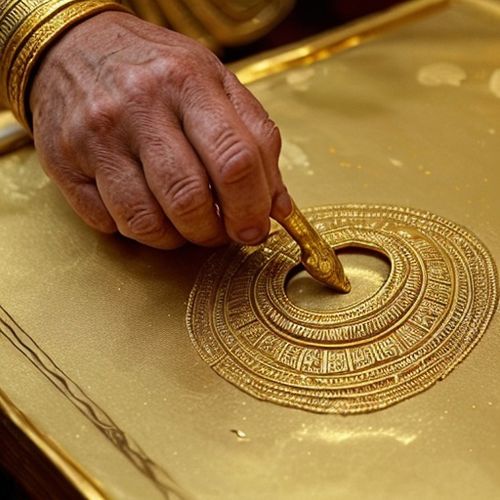
By Daniel Scott/Apr 28, 2025
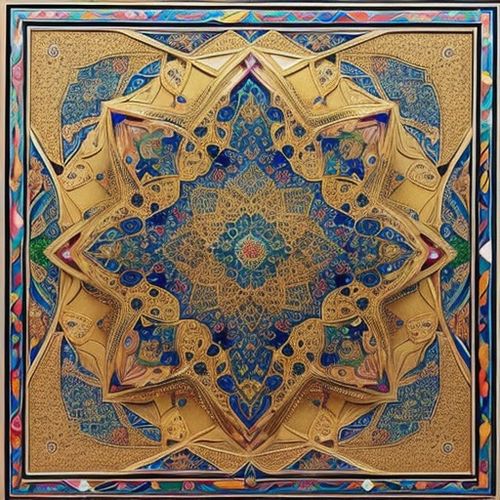
By Christopher Harris/Apr 28, 2025
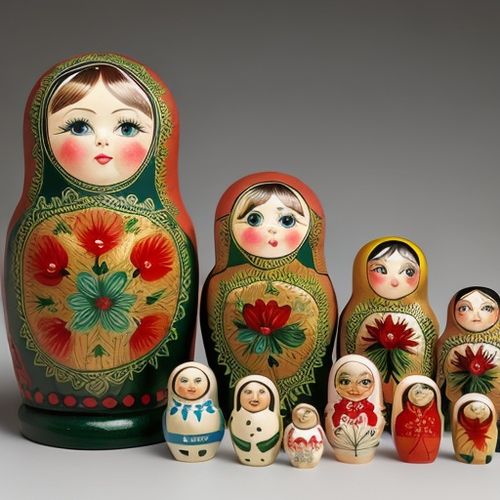
By Daniel Scott/Apr 28, 2025
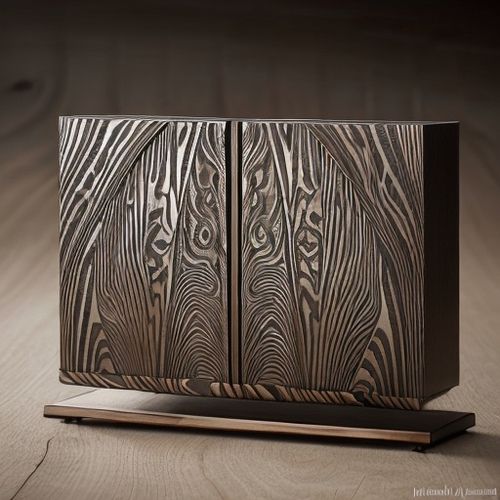
By Megan Clark/Apr 28, 2025
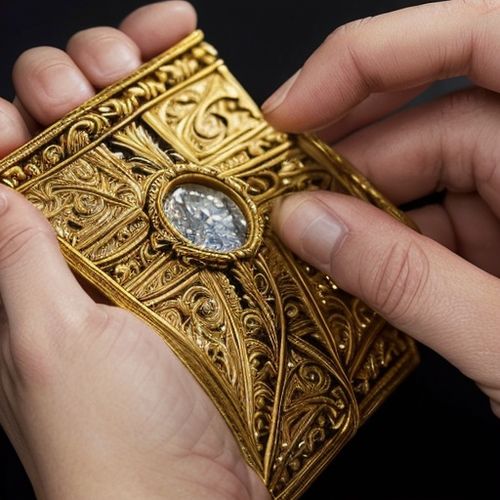
By Grace Cox/Apr 28, 2025
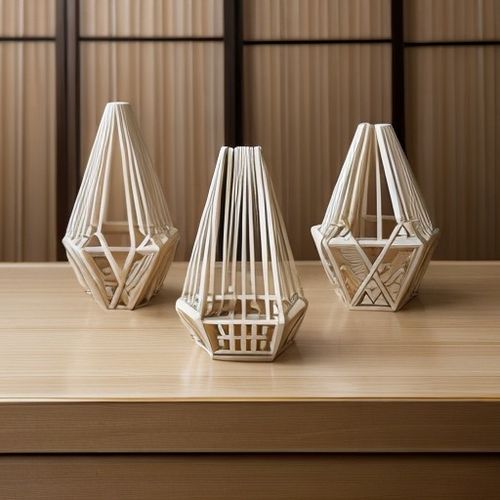
By James Moore/Apr 28, 2025

By Rebecca Stewart/Apr 28, 2025
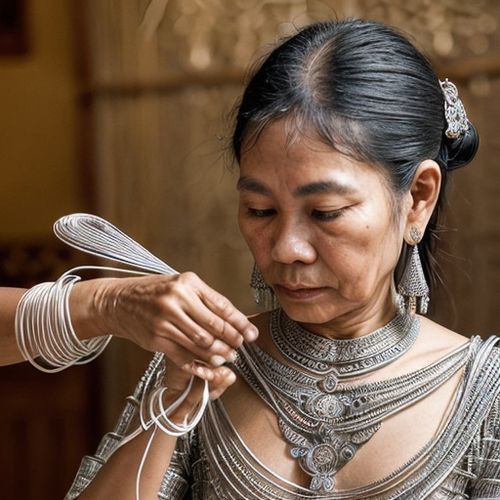
By Jessica Lee/Apr 28, 2025

By Laura Wilson/Apr 28, 2025
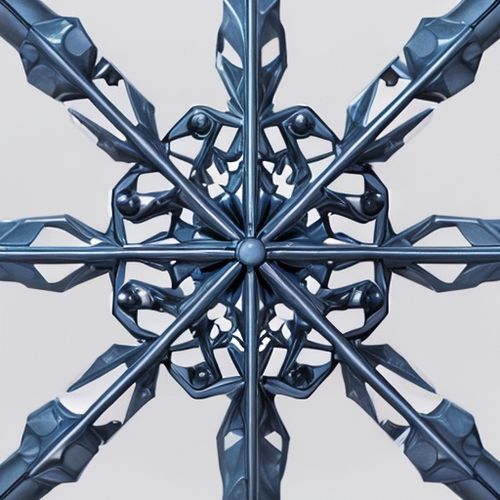
By Emily Johnson/Apr 28, 2025

By John Smith/Apr 28, 2025

By Thomas Roberts/Apr 28, 2025
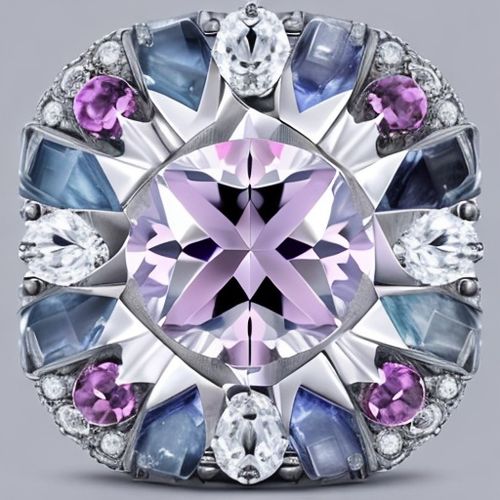
By Emma Thompson/Apr 28, 2025
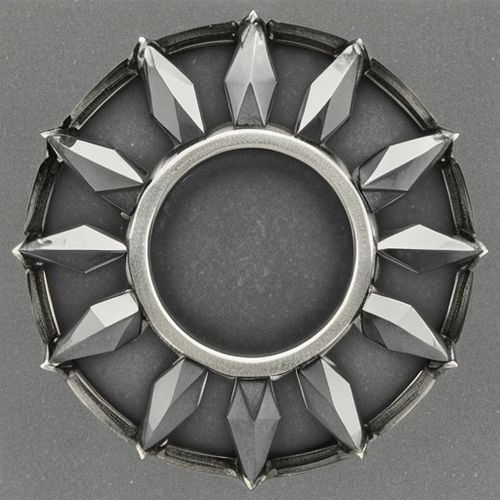
By John Smith/Apr 28, 2025

By David Anderson/Apr 28, 2025

By Olivia Reed/Apr 28, 2025
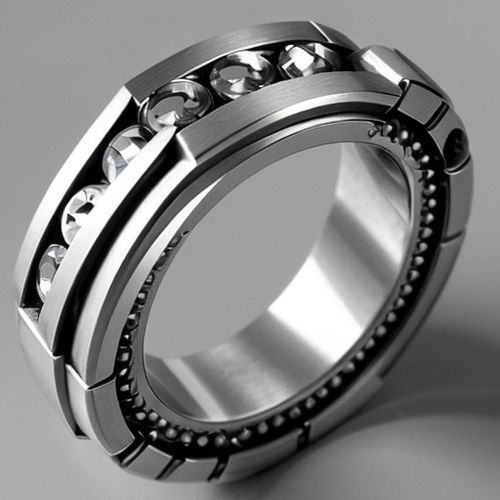
By Christopher Harris/Apr 28, 2025

By Emily Johnson/Apr 28, 2025
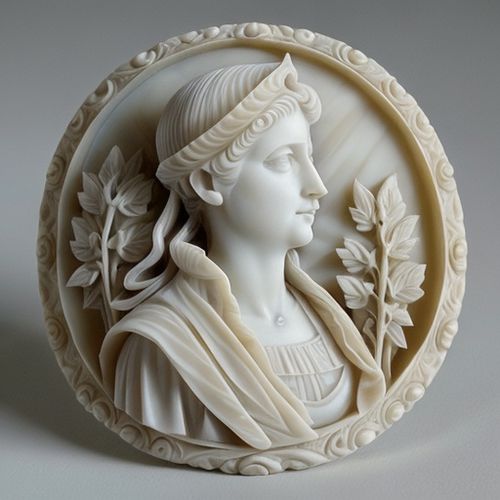
By Grace Cox/Apr 28, 2025